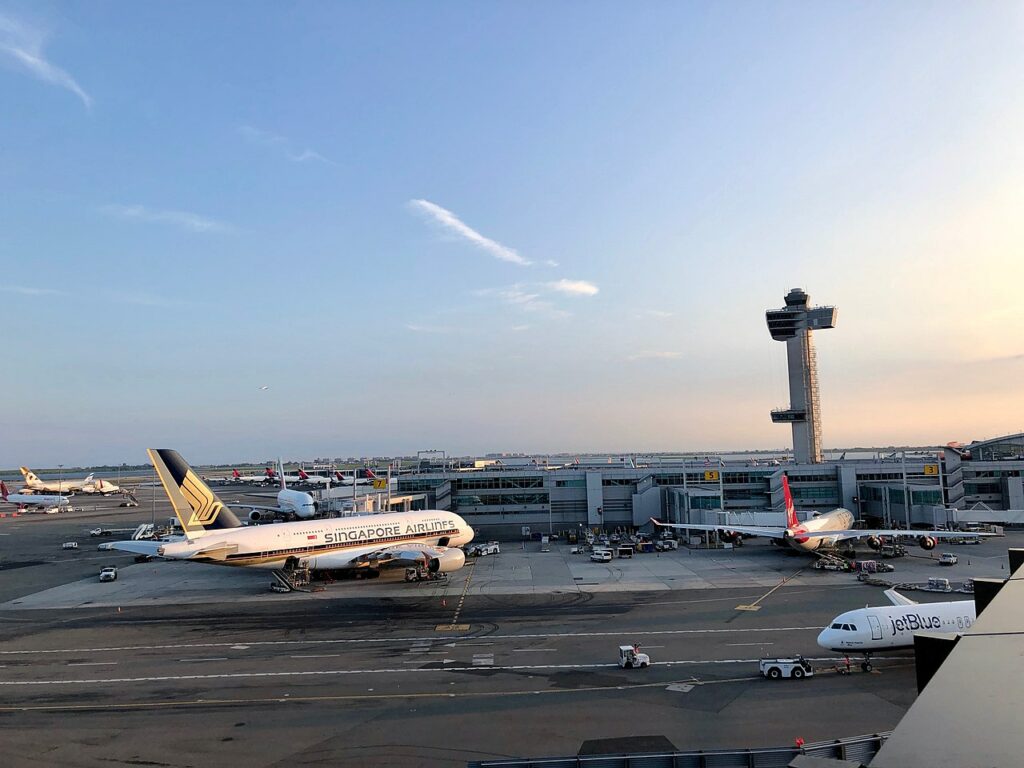A new rule from the Federal Aviation Administration (FAA) is to be set into place which will require certain US airports to develop and implement a safety management system (SMS).
The US aviation regulator says the new initiative will help airports detect and mitigate safety problems before they result in accidents or incidents.
When it comes into effect, the final rule will apply to more than 200 of America’s busiest commercial airports.
The proposed FAA timeline to fully implement the SMS ranges from four to five and a half years depending upon the airports’ classification and operations.
Industry use of SMS systems
The FAA notes that the use of SMS programs by commercial airlines and many manufacturers has helped foster the safest era in commercial aviation history.
Fundamental to the program is identifying risks and then taking steps to correct potential safety issues before they result in accidents or incidents.
With respect to airports, the FAA draft rule notes that according to the FAA Airport SMS Pilot Study report, facilities that voluntarily implemented SMS have reported better efficiency in identifying and mitigating hazards in daily activities.
These included such elements as pedestrian safety on ramps and operations with ground support equipment, but the range of applications for airports is broad reaching.
The FAA draft rule cites the airport problem of foreign object damage (FOD) with respect to aircraft operations. It refers to an example of FOD damage to 14 aircraft in 2007 (NTSB Accident No: DEN07IA069).
The FAA draft rule contends that the “advanced communication procedures in an SMS could have expedited the reporting, assessment and mitigation of the FOD hazard, thus limiting the likelihood and severity of this hazard.”
The proposed ruling contends that “extending SMS to certain certificated airports is the best strategy to continue to reduce incidents and accidents, and improve safety in aviation.”
FAA comments
ICAO, other Civil Aviation Authorities, industry advisory groups, and the NTSB all support the use of SMS to improve safety.
“The safe operation of our nation’s airports is paramount during these historic times in aviation as we work to repair and construct necessary airport infrastructure,” said Associate Administrator for Airports Shannetta R. Griffin, P.E.
“This rule promotes safety and allows airports to work collaboratively with partners to mitigate risks and avert accidents,” she concluded.
Application
The FAA final rule will require airport certificate holders that qualify under one or more of the following triggering criteria to develop a SMS:
- airports classified as large, medium, or small hubs based on passenger data extracted from the FAA air carrier activity information system,
- that have a three-year rolling average of 100,000 or more total annual operations; or
- that serve any international operations other than general aviation
The rule takes effect 60 days after publication in the Federal Register.









